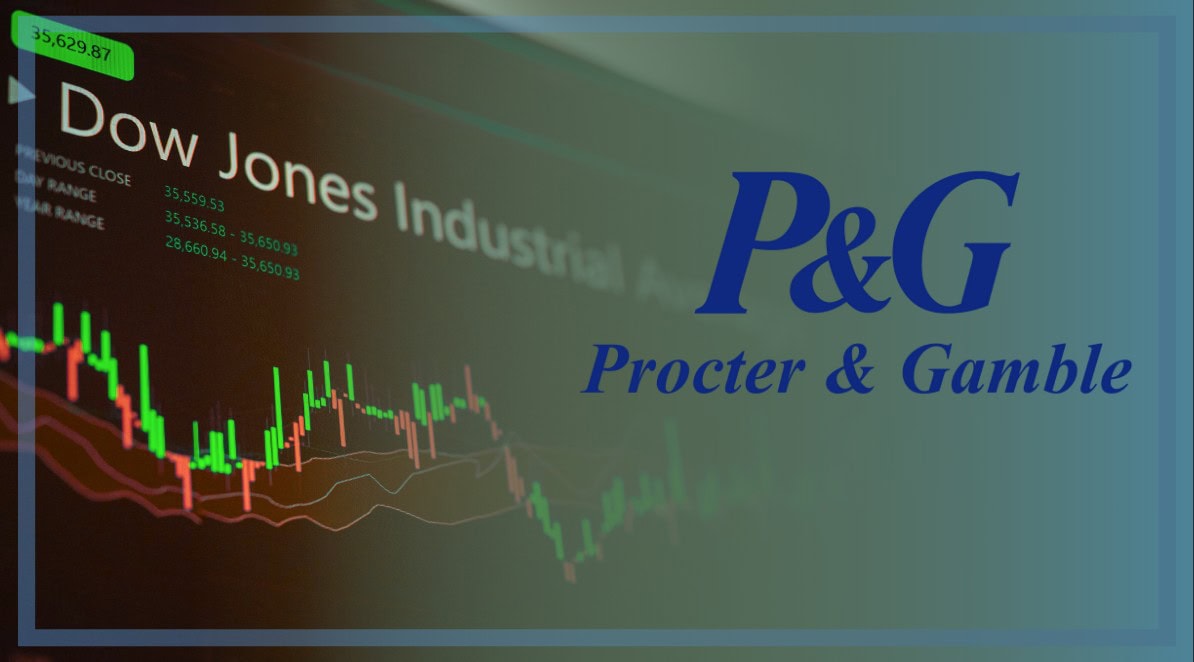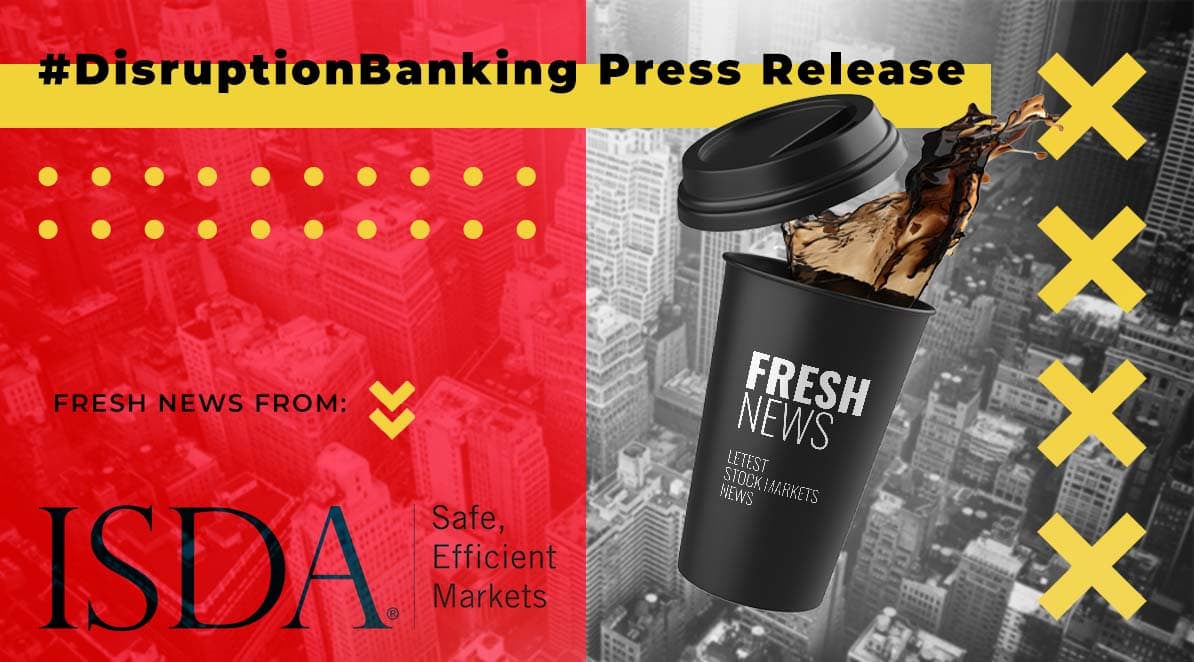When Caterpillar Inc. (ticker: CAT) was added to the Dow Jones Industrial Average (DJIA or Dow) in 1991, it signalled more than a swap of tickers. It proved just how vital heavy machinery was to the U.S. economy as steel and railroads had been a century earlier. That year, the Dow Jones committee replaced aging industrial names (Navistar, American Can, and U.S. Steel) with Caterpillar (alongside Disney and J.P. Morgan) to modernize the index. Caterpillar’s inclusion marked a nod to its role as an “economic bellwether” – a proxy for global infrastructure demand – even as the Dow tilted towards services.
Today’s story traces CAT’s journey before and after 1991, examining how infrastructure booms, trade shocks, and technological change have driven its stock, and how Caterpillar’s heavy ownership by large institutions affects investors’ sentiments.
Caterpillar’s Dow Entry: A 1991 Power Shift
On May 6, 1991, Dow Jones announced a three-stock swap: Walt Disney, J.P. Morgan, and Caterpillar would enter the 30-stock Industrial Average. CAT’s addition (replacing truck-maker Navistar) was “viewed more as an ‘upgrade’ of businesses already represented” in the Dow. In effect, the change kept the heavy-industry theme alive (replacing one equipment maker with another) while aligning the index with a changing economy.
Contemporary reports noted the Dow was “tilting…toward the services economy and away from its manufacturing roots” – even as Caterpillar was brought in. In short, Caterpillar’s entry signalled continuity (maintaining industrial exposure), transition (upgrading to a globally diversified industrial leader), and increasing service-sector represetnation.
Riding the Cycles: CAT’s Stock Through Boom and Bust
Caterpillar’s stock has tracked the vicissitudes of global industry since the 1980s. After its Dow debut, CAT experienced the 1990s industrial boom and the sharp crises that followed. For example, CAT plunged roughly 37% in 2008 during the financial crisis, then rebounded +68% in 2010 as economies recovered. At one point it more than quadrupled between the low in 2002 to the high in 2007 (434% increase, up 81% in 2003 alone), according to data from Macrotrends.
More recently, CAT hit an all-time closing high of $413.30 on November 6, 2024, thanks in part to commodity strength and U.S. stimulus. Volatility remains high: for instance, after Q1 2025 earnings missed estimates, Caterpillar shares were “choppy” intraday but finished about +0.6%, according to Reuters.
In general, CAT’s price swings have mirrored global trends. Heavy investment and high commodity prices have lifted the stock, while economic slowdowns, rising rates, or trade tensions often drive it lower. Today, Caterpillar trades around $384 with roughly a 1.7% dividend yield (TradingView).
$CAT (Caterpillar Inc.) Earnings are in:
— Tenty (@TentyTheToitle) April 30, 2025
Caterpillar Inc. Caterpillar Inc. manufactures and sells construction and mining equipment, off-highway diesel and natural gas engines, industrial gas turbines, and diesel-electric locomotives globally. Industrials.
S&P 500, Dow Jones… pic.twitter.com/7gJC9uRrPe
Infrastructure and Commodities: CAT’s Economic Pulse
Caterpillar’s valuation tracks infrastructure spending and commodity markets like a seismograph. In 2021, former U.S. President Biden’s infrastructure stimulus — nearly $1 trillion under the Bipartisan Infrastructure Law — briefly turbocharged demand for CAT machines. But elevated interest rates and project delays have since affected demand, leading dealers to draw down inventories.
On the commodities side, mining equipment orders lag raw-material price moves by 12–18 months. When oil, copper, or coal prices drop, miners cut capital expenditure, often leaving Caterpillar with excess capacity. A recent pivot toward renewable-energy equipment — where capex rose over 10% in 2024 — offers some offset to weaker oil-and-gas spending. Still, China’s prolonged real-estate slump — a critical market for construction gear — has weighed on CAT’s Asia-Pacific sales. Which goes to show CAT’s deep ties to global market fluctuation cycles.
Tech-Powered Transformation: Autonomy and Electrification
Caterpillar is managing cyclical risk by transforming into a tech-driven maker. It has pushed automation for decades. Today, CAT calls itself “a leader in self-driving construction equipment” — its autonomous haul trucks have logged over 207 million miles. CTO Jaime Mineart notes the company has invested in autonomy for more than 30 years, improving safety and productivity.
Electrification is the next big step. Caterpillar has been testing battery-electric excavators (e.g., 301.9 mini-excavator) that reach about 85% of diesel performance while cutting operating costs by up to 25%, per a Discovery Alert report. It’s also developing hydrogen-ready generators and dual-fuel engines. On top of that, CAT Connect telematics and predictive-maintenance services aim to boost efficiency. These tech moves offer new growth, even as traditional markets fluctuate.
Caterpillar $CAT successfully demonstrated its first battery electric 793 large mining truck pic.twitter.com/yRNREmrJCk
— Evan (@StockMKTNewz) November 22, 2022
Heavyweight in the Dow: CAT’s Market Influence
In the Dow’s price-weighted scheme, Caterpillar is unusually “heavy.” Its high per-share price (around $360 in mid-2025) translates to approximately 5.3% weight in the Dow (Slickcharts) – one of the highest in the index, as at publishing time. (By comparison, tech giants like Microsoft and Goldman Sachs carry approximately 6.9–9.3% each, and the next-highest industrial names are significantly lower.) This means CAT’s stock moves can push the entire Dow more than lower-priced components do.
Institutional Grip: CAT’s Ownership Dynamics
About 72% of Caterpillar shares are held by asset managers like Vanguard Group Inc., State Street Corp, and BlackRock, Inc, each owning around 6.6–9.2%. The top 24 investors control half the stock. Hedge funds own almost none, and insiders hold under 1.01%, per GuruFocus data. This means CAT’s share price often moves with large fund flows — when they buy, CAT rises; when they sell, it falls. Such heavy ownership can lead to “crowded trade” risk if sentiment shifts.

On Wall Street, Caterpillar is seen as a conservative, value-style name. In times of strong infrastructure spending, CAT can outperform. In risk-off markets, it may lag growth stocks. Its long dividend history and aggressive buybacks keep it attractive to long-term funds. But big institutional stakes also mean its stock moves can be larger and faster than those of more broadly held companies.
CAT’s Dow Future: Balancing Growth and Challenges
As a Dow stalwart, Caterpillar is likely here to stay for the foreseeable future. The company’s global scale and brand give it a stable index standing. Caterpillar’s future still follows global cycles. Stronger infrastructure spending, higher commodity prices, U.S. stimulus and emerging AI data-center demand can fuel growth, but headwinds from tariffs (potentially adding $350 million in costs in 2025) and China’s weak construction market, will hold returns back.
Caterpillar Is an AI Data-Center Play. It’s More Than Construction. https://t.co/EYQL1yHLaO
— Barron's (@barronsonline) June 20, 2025
Caterpillar’s steady dividends, big buybacks, and push into high-tech machines help support value even as Caterpillar’s recent milestones, including Jim Umpleby’s transition to Executive Chairman in May this year and the appointment of Joe Creed as Caterpillar’s current CEO, reflect stable leadership. Yet these positive steps can’t erase the ups and downs of a commodity-linked business.
As for Dow investors, Caterpillar’s high share price means CAT’s moves still affect the Dow’s direction, and thus a stock to watch. A latest Truist report on CAT has raised its “2026–2027 estimates and price target (PT) to $414 (from $396).”
In time, the same factors that built CAT’s legacy – infrastructure investment, technological leadership, and financial discipline – will determine whether it continues to reinvent itself as one of the Dow’s industrial backbones or if challenges will temper its climb.
Author: Richardson Chinonyerem
The editorial team at #DisruptionBanking has taken all precautions to ensure that no persons or organizations have been adversely affected or offered any sort of financial advice in this article. This article is most definitely not financial advice.
#CATERPILLAR #DowJones #Industrial #Commodities #AssetManagers #Dividends
See Also:
Disney in the Dow: A Generation of Thrills, Spills and Transformation | Disruption Banking
Amazon’s Dow Jones Rise: Innovating Markets, Facing Scrutiny | Disruption Banking
Apple’s Decade in the Dow: Powering Tech’s Market Influence Since 2015 | Disruption Banking
How IBM’s Resilience and Innovation Keep It at the Heart of the Dow Jones | Disruption Banking
From Wall Street to the Dow: How JPMorgan Chase Shapes Global Markets | Disruption Banking
Why Coca-Cola Still Fizzes at the Top of the Dow | Disruption Banking














